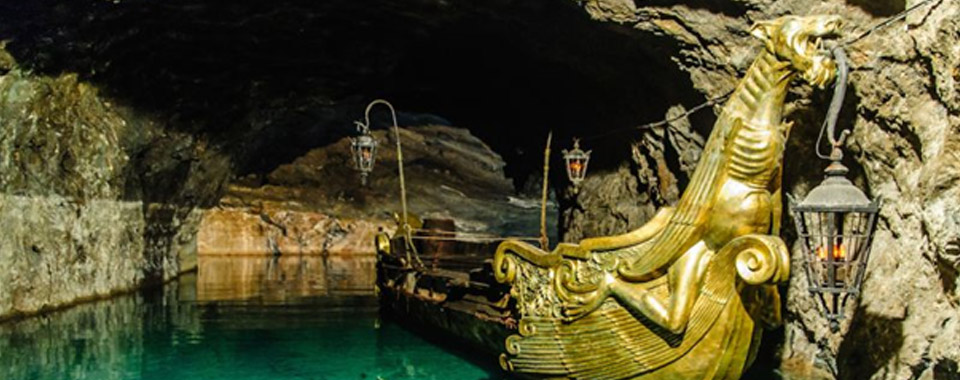
Vienna Woods
The Vienna Woods are a forested highland region spanning areas northwest and southwest of Vienna, Austria’s capital. Crossed by trails, they encompass vineyard towns like Perchtoldsdorf. The summit of Kahlenberg in the north offers views of Vienna and the Danube River. Stift Heiligenkreuz is a 12th-century abbey to the southwest. Farther southwest, trails lead to cliffs and views of the Alps from Peilstein mountain.
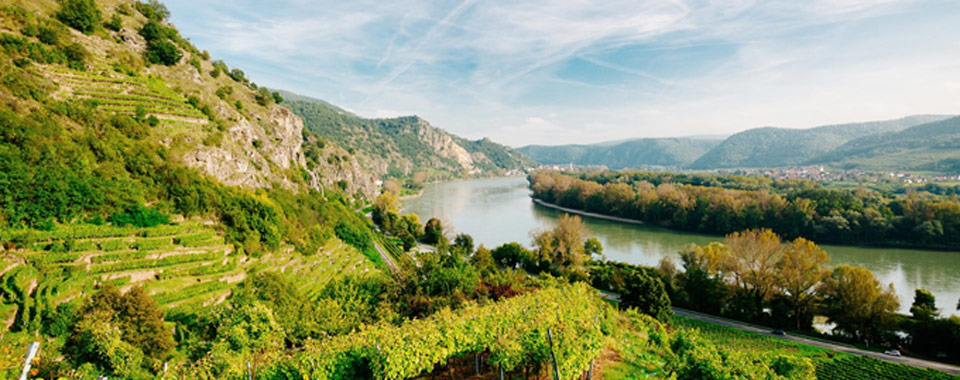
The Danube, which enters Lower Austria from the west near Ybbs and exits in the east near Bratislava, Slovakia’s capital, carves a picturesque path through the province’s hills and fields. Austria’s most spectacular section of the Danube is the dramatic stretch of river between Krems an der Donau and Melk, known as the Wachau. Here the landscape is characterised by vineyards, forested slopes, wine-producing villages and imposing fortresses at nearly every bend. The Wachau is today a Unesco World Heritage site, due to its harmonious blend of natural and cultural beauty.
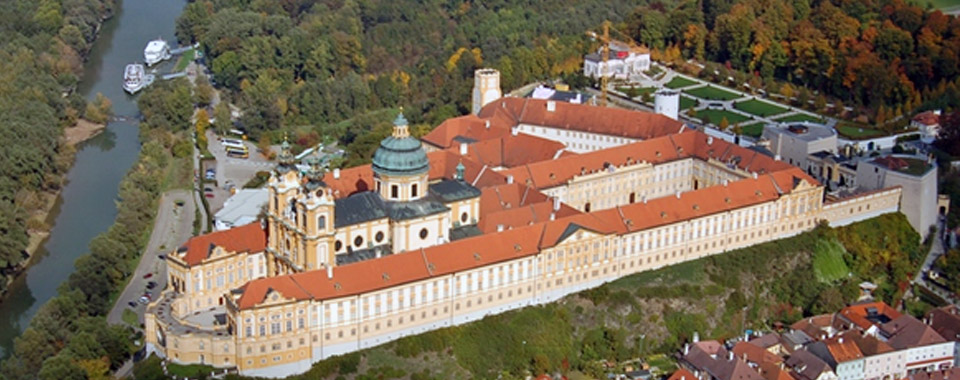
Melk Abbey is a Benedictine abbey above the town of Melk, Lower Austria, Austria, on a rocky outcrop overlooking the Danube river, adjoining the Wachau valley. The abbey contains the tomb of Saint Coloman of Stockerau and the remains of several members of the House of Babenberg, Austria's first ruling dynasty.
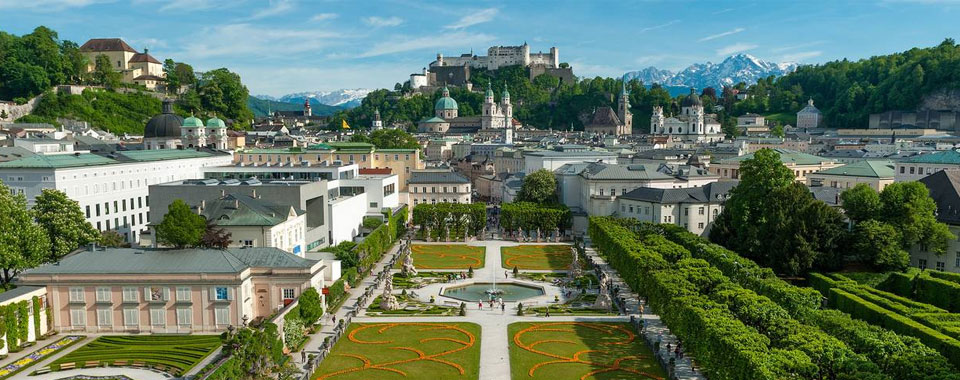
Salzburg is an Austrian city on the border of Germany, with views of the Eastern Alps. The city is divided by the Salzach River, with medieval and baroque buildings of the pedestrian Altstadt (Old City) on its left bank, facing the 19th-century Neustadt (New City) on its right. The Altstadt birthplace of famed composer Mozart is preserved as a museum displaying his childhood instruments.
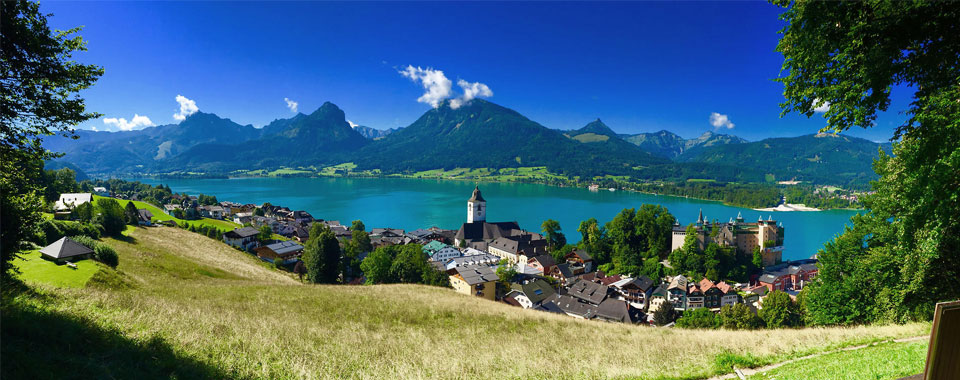
Salzkammergut is an Austrian region of lakes and Alpine ranges near Salzburg. In the south, the pastel houses of Hallstatt crowd the shore of Lake Hallstatt, which is ringed by mountains. Above town, exhibits at Salzwelten illuminate an underground salt mine’s thousands of years of history. Natural ice formations fill the Ice Cave on Dachstein Mountain. Nearby, 5 Fingers lookout offers sweeping lake and Alpine views.
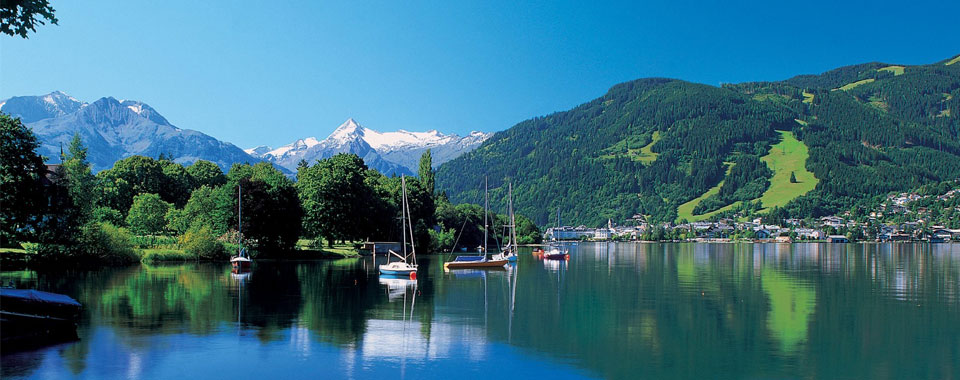
Zell am See is an Austrian town on Lake Zell, south of the city of Salzburg. Its Romanesque St. Hippolyte Church has a distinctive tower added in the 15th century. Trails and lifts lead to the ski slopes of Schmittenhöhe mountain. Southwest, views from Gipfelwelt 3000 panoramic platform, at the top of the Kitzsteinhorn glacier, take in Hohe Tauern National Park and the looming Grossglockner mountain.
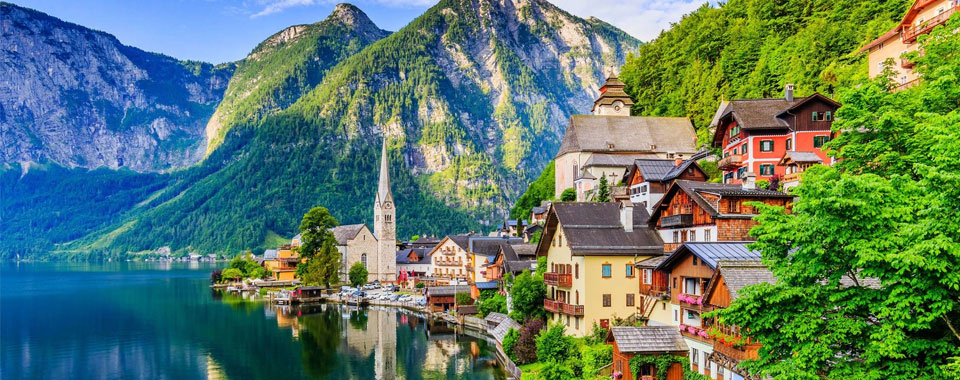
Hallstatt is a village on Lake Hallstatt's western shore in Austria's mountainous Salzkammergut region. Its 16th-century Alpine houses and alleyways are home to cafes and shops. A funicular railway connects to Salzwelten, an ancient salt mine with a subterranean salt lake, and to Skywalk Hallstatt viewing platform. A trail leads to the Echern Valley glacier garden with glacial potholes and Waldbachstrub Waterfall.
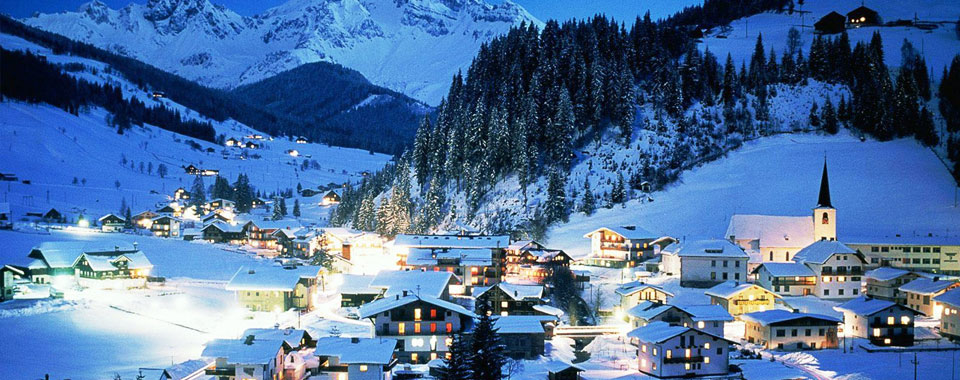
Kaprun is a town southwest of Salzburg in the Austrian Alps. It sits at the foot of the Kitzsteinhorn Glacier in the High Tauern mountains. Kaprun Castle is thought to date from the 12th century. To the south, a timber walkway leads over rushing glacial waters and through the narrow Sigmund-Thun Gorge. High mountain trails offer sweeping views of the Mooserboden and Wasserfallboden dams and surrounding Alpine peaks.
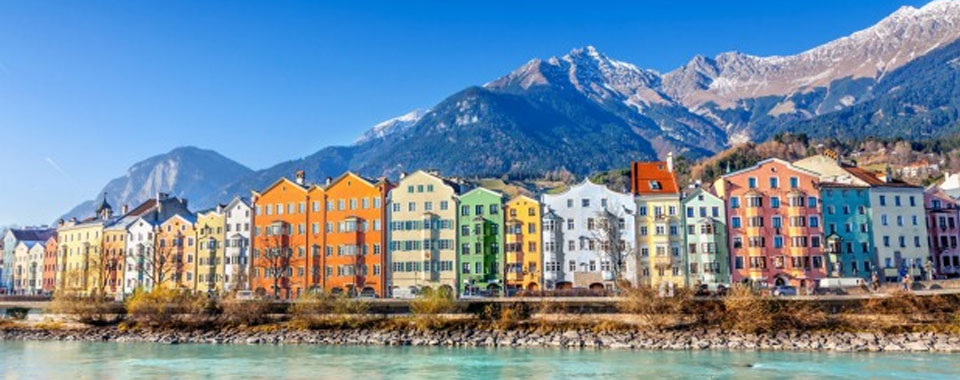
Innsbruck, capital of Austria’s western state of Tyrol, is a city in the Alps that's long been a destination for winter sports. Innsbruck is also known for its Imperial and modern architecture. The Nordkette funicular, with futuristic stations designed by architect Zaha Hadid, climbs up to 2,256m from the city center for skiing in winter and hiking or mountaineering in warmer months.

Graz is the capital city of the southern Austrian province of Styria. At its heart is Hauptplatz, the medieval old town’s main square. Shops and restaurants line the narrow surrounding streets, which blend Renaissance and baroque architecture. A funicular leads up Schlossberg, the town hill, to the Uhrturm, a centuries-old clock tower. Across the River Mur, futuristic Kunsthaus Graz exhibits contemporary art.
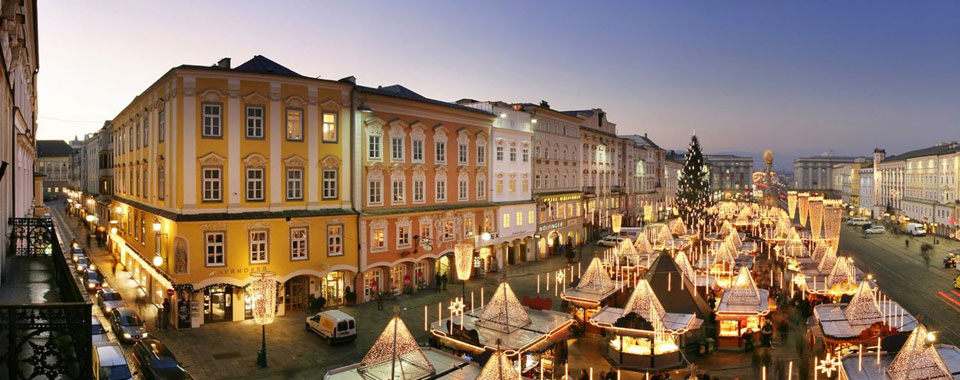
Linz is a city in Upper Austria, straddling the Danube River midway between Salzburg and Vienna. Baroque buildings, including Old Town Hall (Altes Rathaus) and the old cathedral or Alter Dom, ring Hauptplatz, the old town’s main square. The riverside Lentos Kunstmuseum Linz has a major modern art collection. Across the river, the striking Ars Electronica Center focuses on society, technology and life in the future.





















